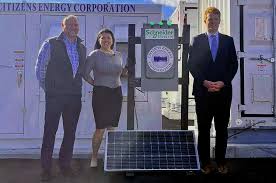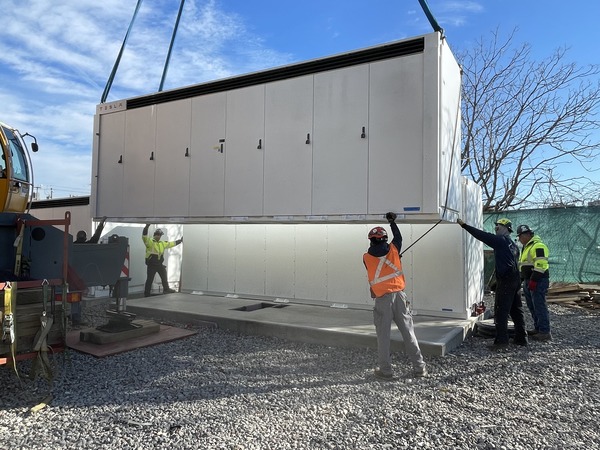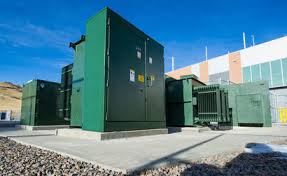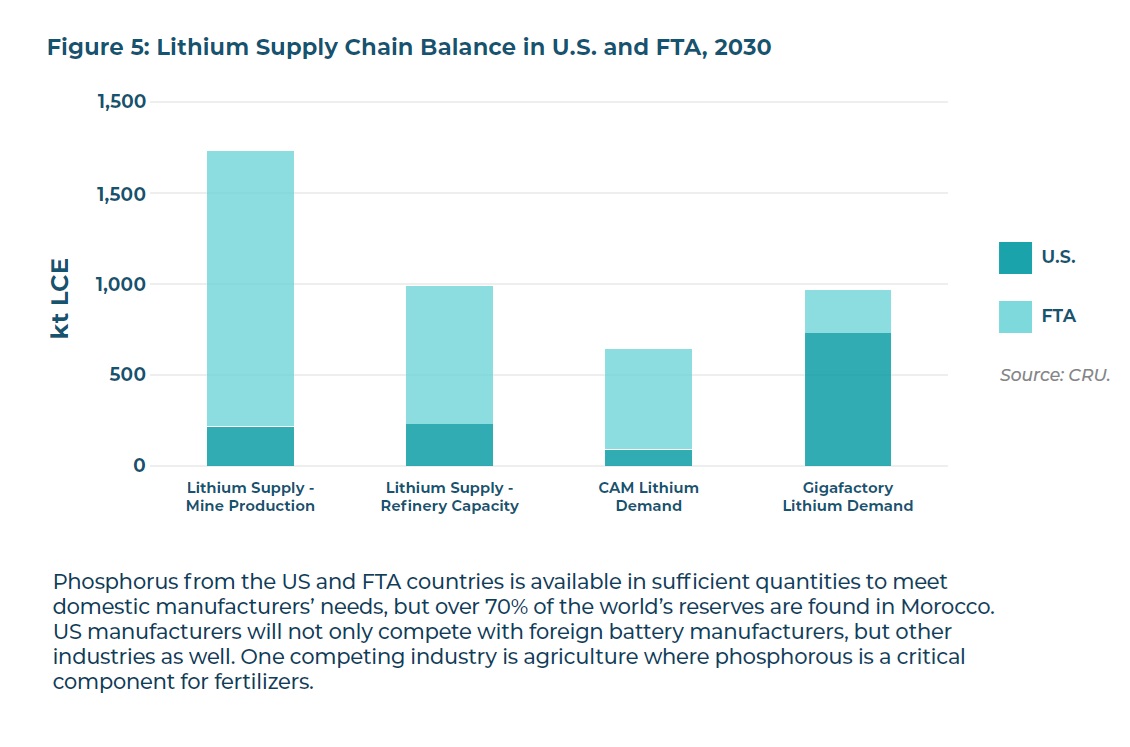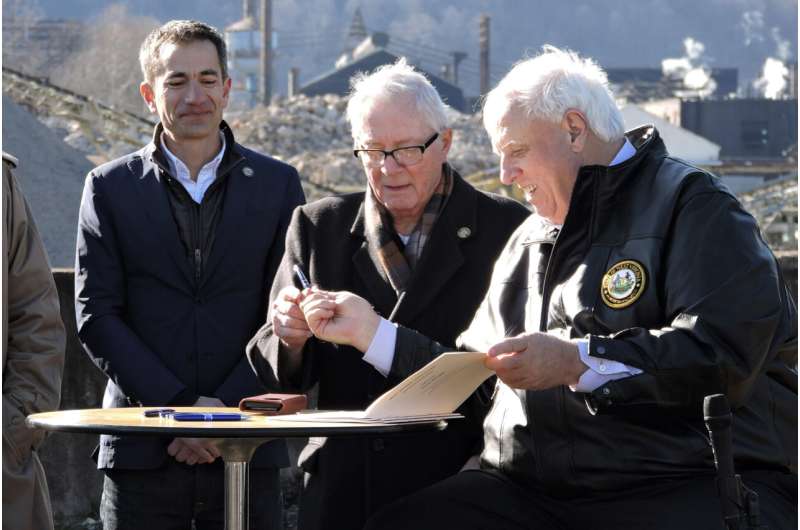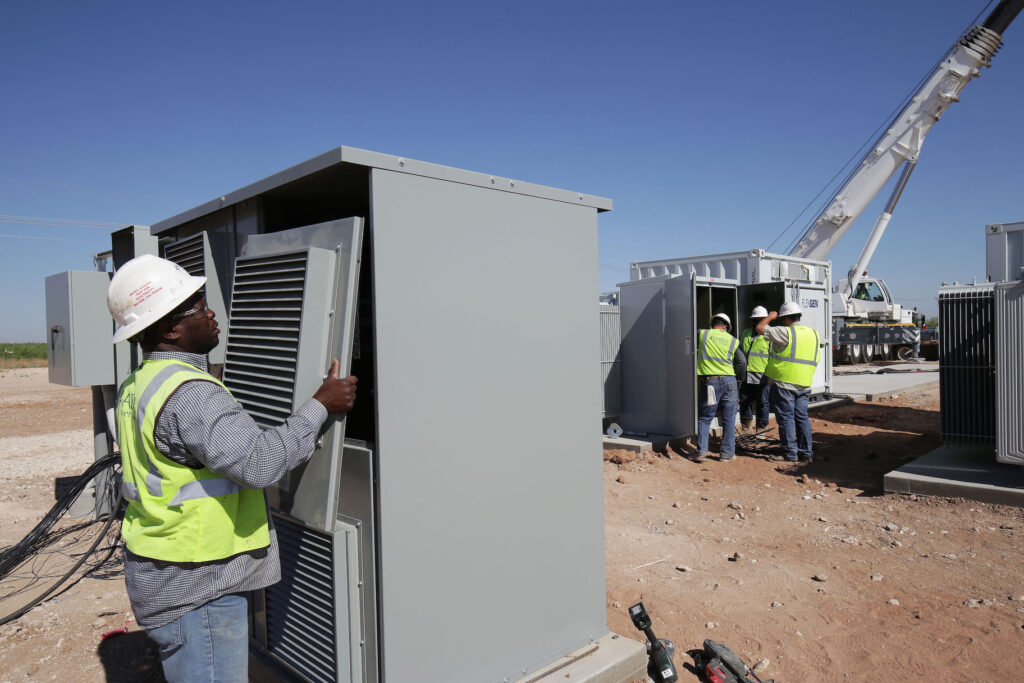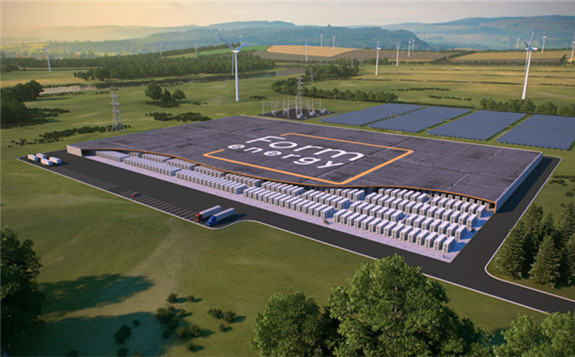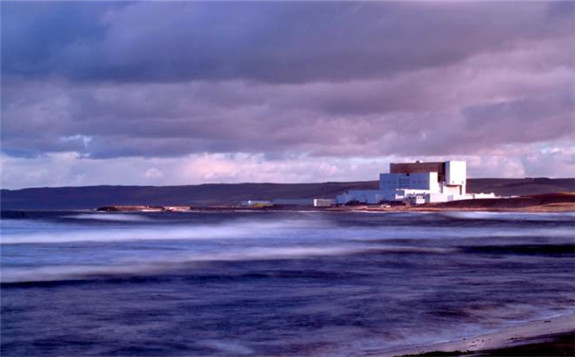 The Torness nuclear power plant in Scotland (Image: EDF Energy)
The Torness nuclear power plant in Scotland (Image: EDF Energy)
The UK obtained 19% of its primary energy from low-carbon sources last year, with 39% of this from nuclear power, but this was 7% lower than in 2017 due to outages at Dungeness B and Hunterston B towards the end of 2018, official statistics published today show. Nuclear capacity was broadly the same as in 2017, at 9.3 GW.
The second largest component of low-carbon energy sources was bioenergy, accounting for 37% of the total. Energy supply from biofuels increased by 11%; with more use of anaerobic digestion, wood pellets and energy from waste. Solar was up by 12% reflecting increased capacity. Energy supply from wind increased by 15% in 2018, with capacity up by 11% but with wind speeds 0.1 knots lower than in 2017.
The data is contained in the latest statistics on energy production, consumption, prices and climate change in its 2019 edition of the Digest of UK Energy Statistics (DUKES), published by the Department for Business, Energy and Industrial Strategy (BEIS).
Cleaner electricity
Last year's edition of DUKES confirmed nuclear as the largest source of low-carbon electricity in the UK, contributing 20.8% of all electricity generated in 2017, which was broadly stable on 2016 when it accounted for 21.1%. That report showed low-carbon sources of electricity accounted for a record 50.1% of power generated in the UK in 2017, which is up from 45.6% the previous year. The figure consisted of 21.0% from nuclear, 14.8% wind (onshore and offshore), 3.4% solar and 2.3% hydro amongst low-carbon power sources.
According to the latest edition, total electricity generated in the UK last year decreased by 1.6% between 2017 and 2018, with the share of electricity from coal falling a further 1.6 percentage points from 6.7% to 5.1%, continuing a long-term downwards trend. The share of electricity generation from gas also fell from 40.4% to 39.5%, whilst generation from nuclear decreased from 20.8% to 19.5% due to outages and ongoing maintenance.
The decline in electricity supplied from fossil fuels was caused by increased generation from renewables, which increased its share of generation last year from 29.2% to a record 33.0%. Renewables' generation increased in 2018 due to a 10.0% increase in capacity and higher average daily sun hours.
"The mix of fuels used to generate electricity continues to evolve," it says. "Since 1990 the decline of coal and the rise of gas and, in more recent years renewables, have been the most marked features, but none of these fuels have followed a smooth path."
Coal reached a new record low last year of 16.0 TWh, while supply from gas has dropped by 3.8% to 129.1 TWh.
Renewables capacity has seen a significant increase, with installed capacity increasing by roughly 18.5 times the capacity in 1996 to 44.3 GW in 2018. This is as a result of an increase in installed renewable capacity. Electricity generated from renewable sources increased by 11% between 2017 and 2018 to a record 110.0 TWh. Renewable energy accounted for a record 33.0% of electricity generated in the UK during 2018, 3.8 percentage points higher than 2017. In 2018 11.0% of final energy consumption was from renewable sources; this is up from 9.9% in 2017.
Emissions dip
In 2018, UK emissions were provisionally estimated to be 448.5 million tonnes of carbon dioxide equivalent. This is 2.5% lower than the 2017 figure of 460.2 million tonnes and 44% lower than the 1990 figure of 794.4 million tonnes. CO2 emissions were estimated to account for about 81% of total UK anthropogenic greenhouse gas emissions in 2018. Estimates based on energy production and consumption in 2018 indicate that carbon dioxide emissions were 2.4% lower than the previous year and 39% lower than in 1990.
The decrease in emissions since 2017 can largely be attributed to a change in the fuel mix for electricity generation, with less use of coal and gas and increased use of renewables, the report says.
New nuclear
National Grid, which owns and operates the electricity transmission network in England and Wales, reduced projections of nuclear capacity in its latest Future Energy Scenarios that was published earlier this month. However, more nuclear would be needed to achieve the UK's new net-zero climate change target. Uncertainty over new nuclear project delivery has led the National Grid to develop new future energy scenarios, with lower projections of nuclear capacity additions between 2025 and 2040. In addition, only one of the four scenarios, the Two Degrees scenario, sees any nuclear capacity additions between 2040 and 2050. The Two Degrees scenario has the highest eventual nuclear capacity, reaching 16.6 GW by 2050. This includes the addition of around 7 GW from small modular reactors from the early 2030s.
This week, BEIS opened for consultation its assessment of a new financing model aimed at reducing the cost of new nuclear power plant projects by having consumers pay upfront through their energy bills. A solution is needed urgently because nuclear energy is seen as a vital part of the government's commitment, announced last month, to cutting the country's carbon emissions to net zero by 2050. Seven of the UK’s eight existing nuclear plants are set to be retired by 2030. BEIS said a Regulated Asset Base model has the potential to reduce the cost of raising private finance for new nuclear projects, thereby reducing consumer bills and maximising value for money for consumers and taxpayers.
